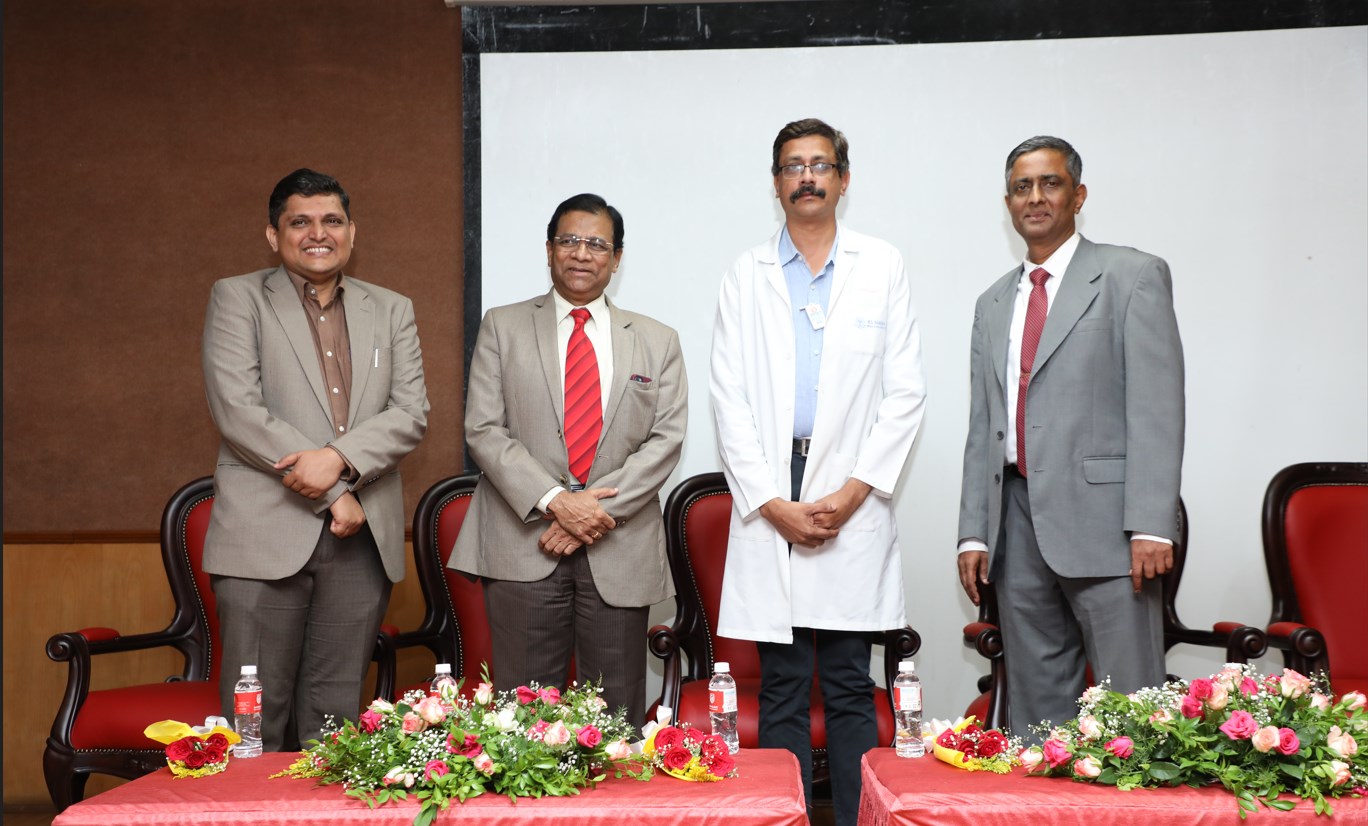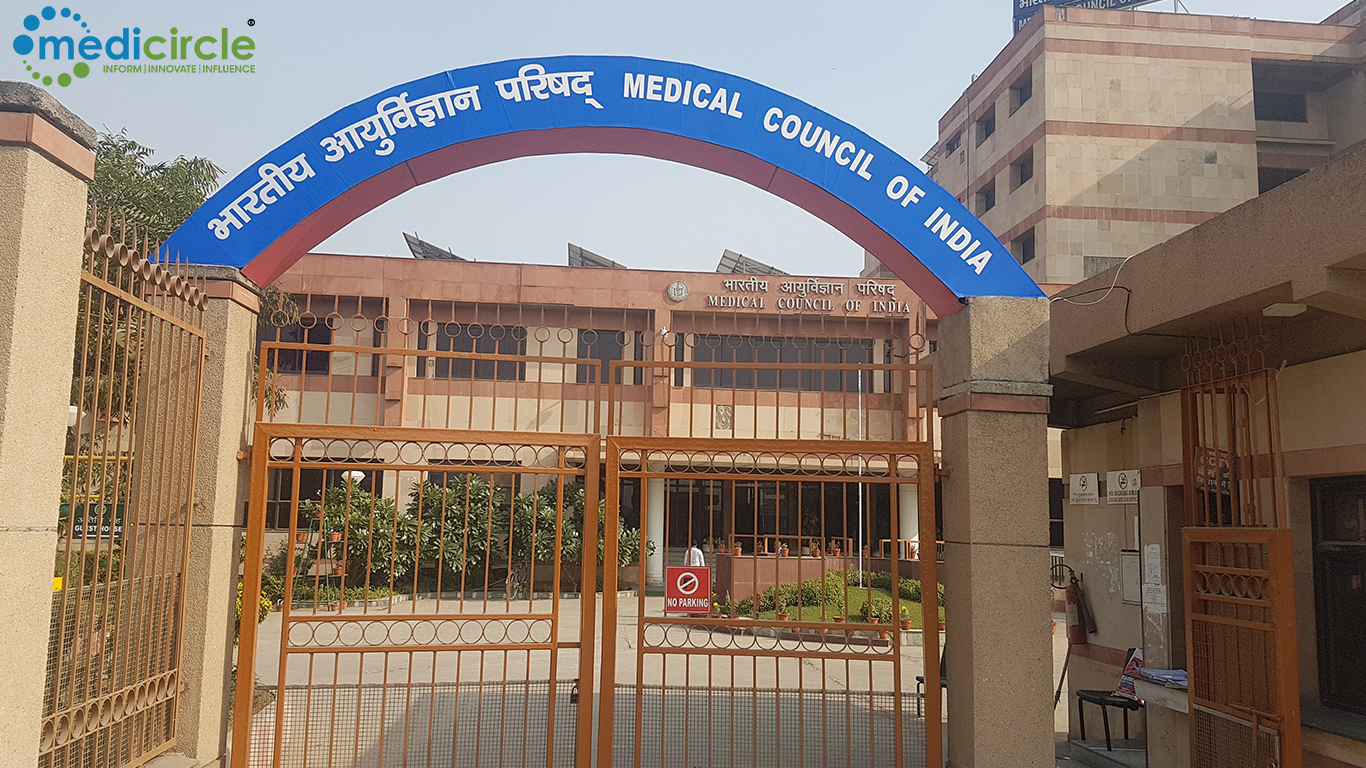In a groundbreaking discovery, researchers at Stanford University have engineered a remarkable biomolecule that could revolutionize cancer treatment. This newly developed biomolecule acts like a pair of scissors, specifically cutting away sugar-coated proteins known as mucins from cancer cells. By stripping these mucins, the biomolecule exposes cancer cells to the immune system, potentially paving the way for more effective cancer therapies.
Mucins are normally beneficial proteins coated with sugar molecules, serving as the body's defense against physical harm and pathogens. However, cancer cells have found a way to exploit mucins, using them as a shield against the immune system. Removing mucins from cancer cells could be a potential strategy for cancer therapy. However, since mucins are present in various forms throughout the body, targeting them without precision might have unintended consequences.
The solution devised by the Stanford-led research team involves creating an enzyme-based scissors. This unique biomolecule combines a mucin-cutting enzyme called mucinase with a cancer-cell-targeting nanobody, a fragment of an antibody. Together, these components selectively target and remove mucins from specific cancer cells.
The study's results, published in Nature Biotechnology, demonstrated the biomolecule's potential. In lab-grown human cancer cells and simulated mouse studies of breast and lung cancer, the biomolecule treatment significantly reduced tumor growth and improved survival rates. This breakthrough has far-reaching implications, as mucins are associated with a range of diseases beyond cancer, including respiratory conditions and viruses.
Senior author Carolyn Bertozzi, a respected figure in the field, explained the significance of their findings. "We found that we could target this mucinase to cancer cells, use it to remove mucins from those cancer cells, and there was a therapeutic benefit," she stated.
The co-lead author of the study, Gabrielle Tender, along with former members of Bertozzi's lab, Kayvon Pedram and D. Judy Shon, collaborated to develop this innovative approach.
Mucins, while usually beneficial, can contribute to cancer progression when misused by cancer cells. One function involves helping cancer cells survive in environments where they are not firmly attached. Additionally, cancer cells can employ mucins to bind to immune system checkpoint receptors, avoiding detection and immune response.
The biomolecule designed by the research team is a fusion of two parts. The first part, the mucinase, cleaves mucins, while the second part, a cancer-specific nanobody, targets cancer cells. This nanobody guides the mucinase to cancer cells, ensuring that it only removes mucins from these cells.
The study's success brings us one step closer to potential new cancer therapies. The next challenge is to develop a human-derived mucinase, as the current version is not human-derived and may trigger unwanted immune responses.
While more research is needed before this approach can be implemented in clinical settings, this breakthrough holds immense promise. The biomolecule's ability to degrade mucins on cancer cells represents a significant advancement in the fight against cancer, offering new avenues for effective and targeted treatment options.

 The biomolecule's ability to degrade mucins on cancer cells represents a significant advancement in the fight against cancer, offering new avenues for effective and targeted treatment options.
The biomolecule's ability to degrade mucins on cancer cells represents a significant advancement in the fight against cancer, offering new avenues for effective and targeted treatment options.


























.jpg)






